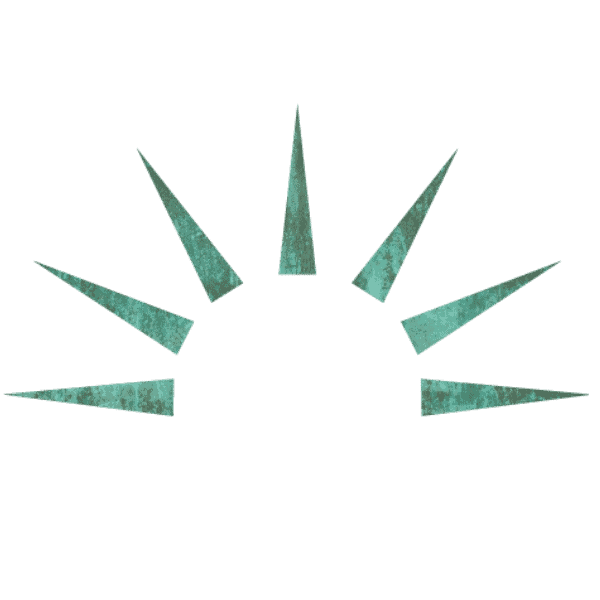Buy/No Buy
They say stress reveals a person’s weaknesses in a way few other things can. The same goes for institutions, as they are nothing but collections of individuals. Covid’s stress on one of these institutions—the Administrative State—shattered the carefully crafted illusion that bureaucrats have access to a wisdom unavailable to the rest of us. The ground for demanding deference to bureaucratic judgment was perhaps most thoroughly debunked with the nonsensical orders governing what we could and could not buy during the pandemic.
The wholesale restructuring of our economic behavior started with bureaucrats across the country dividing the economy into “essential” and “non-essential” categories and then shutting down the latter while micromanaging the former. Conceptual and practical absurdities ensued.
Drawing an intelligible line between essential and non-essential sectors of the economy proved impossible. Because these are bureaucratic rather than economic conceptions, they have no intelligible correlation with economic activity. At best, they might identify some consumer goods or services that people can do without for a while. But that’s just the very surface of the economy. Underneath that very thin skin lives the bulk of the economy, an insanely complex commercial ecosystem of goods and services that does not, and cannot, determine whether its activities contribute to “essential” or “non-essential” products. Consequently, any attempt to meaningfully control the spread of disease by controlling economic behavior will necessarily be almost entirely irrational—and it was.
Even attempting to sort the economy at this most simplistic level revealed bizarre category choices. Take, for example, Wisconsin, where the business closure order specifically exempted liquor stores, boat dealers, painters and paint stores, photography equipment sales, and pet day care centers.[1] Or Illinois, where marijuana producers and sellers were happy to learn they are “essential” to the state’s economy.[2] Leaving aside the jokes that immediately spring to mind, no science-based principle explains these arbitrary bureaucratic choices.
At the practical level, the effect of these decisions was almost comical. Businesses are not neatly divided between those that sell “essential” goods and services and those that do not. Many provide both. So if businesses in the latter category are banned from operating, what is to be done with businesses that engage in both categories?
The ostensible solution could only have come from a bureaucratic mind. In states across the country, big-box stores like Walmart, Costco, and Target were required to close aisles containing “non-essential” items or remove such products to back rooms.[3] So, although already present in a store that contains products in both categories, customers could buy artichokes, but not art supplies; bananas, but not beauty products; carrots, but not clothing; electrolytes, but not electronics. As though the nature of the item would have any material effect on the spread of a disease that cannot distinguish between them.
Bureaucrats may have specialized knowledge in their particular fields of study. But it’s apparent from the Covid experience that their stock of common sense and wisdom does not exceed that of the ordinary Joe and should not have been allowed to restrict his liberty.
[1] https://content.govdelivery.com/attachments/WIGOV/2020/04/16/file_attachments/1428995/EMO28-SaferAtHome.pdf
[2] https://www.illinois.gov/government/executive-orders/executive-order.executive-order-number-32.2020.html
[3] https://www.wcax.com/content/news/Vermont-orders-big-box-stores-to-stop-in-person-sales-of-nonessential-items-569263991.html
March 26, 2025
